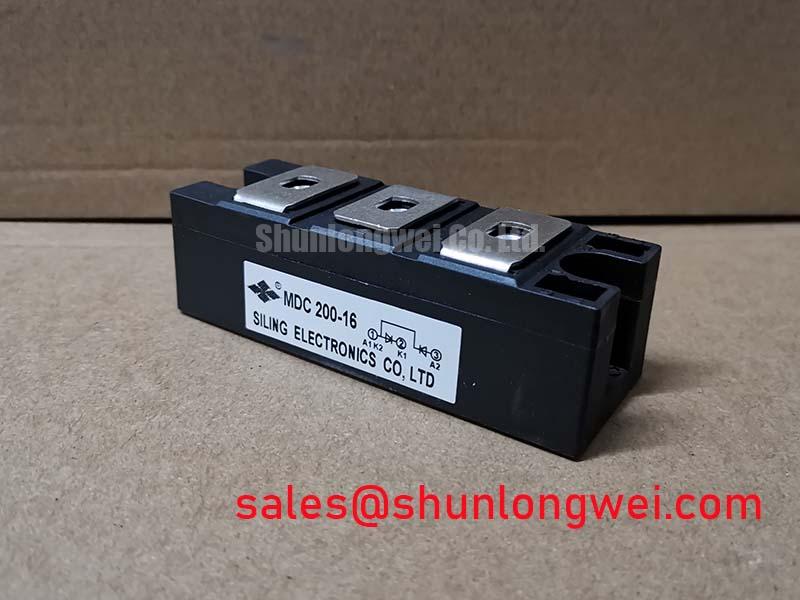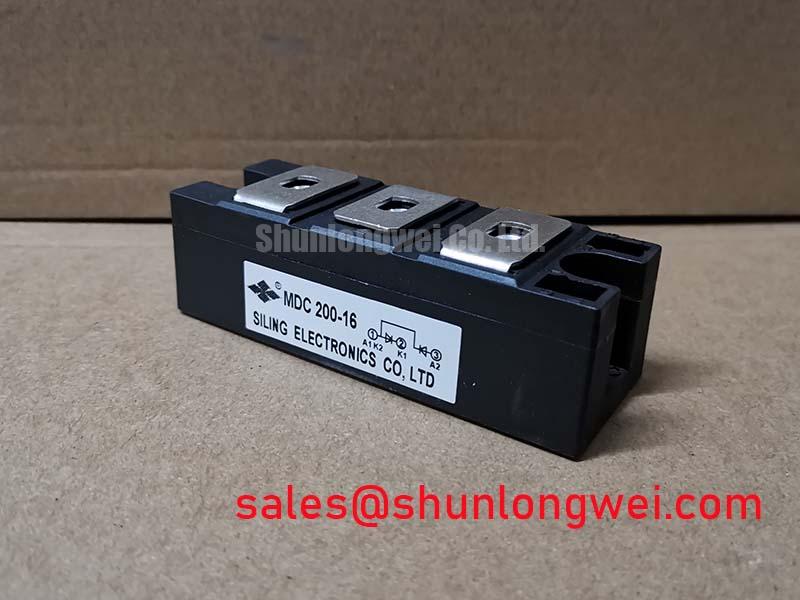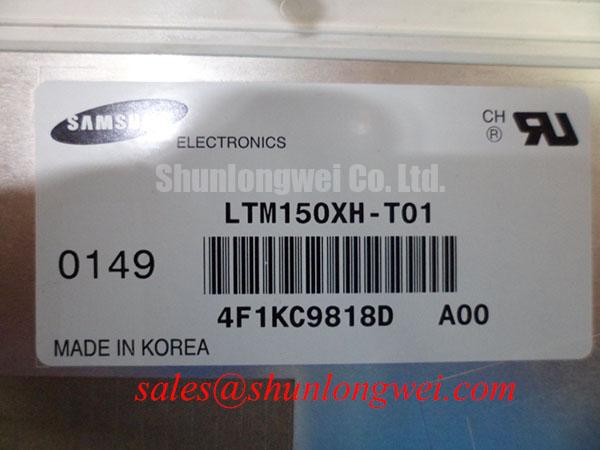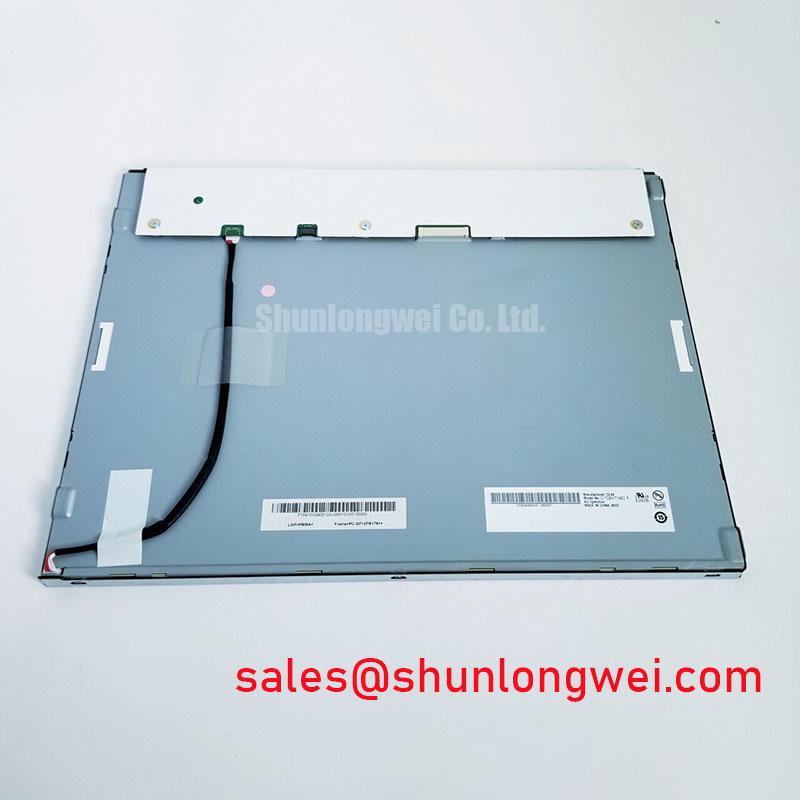MDC200-16 Product Analysis: A 200A, 1600V Dual Diode Module for High-Reliability Rectification
Engineering-Grade Insights into the MDC200-16
Content last revised on October 13, 2025.
Engineered for robust thermal performance and long-term reliability, the MDC200-16 is a high-current dual diode module for demanding power conversion systems. With core specifications of 1600V | 200A | Rth(j-c) 0.12°C/W, this device offers superior thermal transfer and enhanced operational life. It directly addresses the need for efficient and durable rectification in high-power industrial equipment by integrating glass-passivated chips with an electrically isolated base. For industrial AC-DC front-ends requiring robust thermal margins and simplified assembly, the MDC200-16 provides a thermally efficient and reliable core rectification stage.
Application Scenarios & Value
System-Level Benefits in Industrial Power Conversion
The MDC200-16 is designed for core rectification roles where thermal stability and electrical robustness are paramount. Its specifications make it an excellent fit for the input stages of variable frequency drives, DC power supplies, and as an output rectifier in high-current applications like welding equipment and battery charging systems. What is the primary benefit of its thermally efficient design? Enhanced system reliability by maintaining lower junction temperatures under heavy loads.
Consider a high-duty-cycle welding power supply. During operation, the output rectifier is subjected to continuous high currents. The MDC200-16's low forward voltage drop (VFM) of 1.45V at 200A minimizes conduction losses, directly reducing the amount of waste heat generated. This efficiency is coupled with a low thermal resistance, ensuring the heat that is produced is evacuated effectively. This prevents the device from reaching thermal limits, ensuring consistent performance and preventing premature failure, a critical factor in maintaining productivity on a factory floor. The module's 3000V isolation rating also simplifies the mechanical layout by allowing it to be mounted on a common heatsink with other isolated components, reducing the complexity and cost of the overall thermal management solution.
While the MDC200-16 is specified for 200A applications, systems with lower current requirements may find the related MDC100-16 to be a suitable alternative. For systems requiring a three-phase bridge configuration, the MDS200A1600V offers a complete bridge in a single module.
Key Parameter Overview
Decoding the Specs for Enhanced Thermal Reliability
The technical specifications of the MDC200-16 are foundational to its performance in high-stress environments. The following table highlights the key parameters that design engineers should focus on during the evaluation and integration process.
| Parameter | Symbol | Value | Conditions |
|---|---|---|---|
| Repetitive Peak Reverse Voltage | VRRM | 1600 V | |
| Average Forward Current | IF(AV) | 200 A | TC = 85°C |
| Surge Forward Current (Non-Repetitive) | IFSM | 3.0 kA | t=10ms, 50Hz, half-sine |
| Forward Voltage Drop | VFM | 1.45 V | IFM = 200A, Tj = 25°C |
| I²t for Fusing | I²t | 45 kA²s | t=10ms, Tj = Tjmax |
| Thermal Resistance, Junction-to-Case | Rth(j-c) | 0.12 °C/W | Per Arm, DC Conduction |
| Operating Junction Temperature | Tj | -40 to 150 °C | |
| Isolation Test Voltage | Visol | 3000 V~ | AC, 50Hz, t=1min |
Download the MDC200-16 datasheet for detailed specifications and performance curves.
Technical Deep Dive
A Closer Look at the Foundations of Thermal Stability
The long-term reliability of a power module is not determined by a single parameter but by the synergy of its internal construction and thermal characteristics. For the MDC200-16, two features are particularly significant: its low thermal resistance and the use of glass-passivated chips. The Rth(j-c) value of 0.12 °C/W is a critical metric for any thermal design. Think of it like the width of a pipe for heat to escape; a lower Rth(j-c) value represents a much wider pipe, allowing heat to flow easily from the active silicon junction to the module's baseplate. This efficiency means that for every watt of power lost as heat, the junction temperature rises by only 0.12°C above the case temperature. This allows engineers to either use a smaller, less costly heatsink or to operate the device at higher power levels while staying within safe temperature limits, a key aspect of unlocking thermal performance.
Complementing this thermal efficiency is the use of glass-passivated diode chips. Passivation is a process that forms a protective, non-reactive layer over the semiconductor junction. Using glass provides a hermetic-like seal, shielding the sensitive junction from moisture and contaminants that can cause performance degradation and failures over time. This is analogous to applying a durable, weatherproof coating to a critical outdoor structure. It ensures the device's electrical characteristics, such as leakage current and breakdown voltage, remain stable throughout its operational life, even in the harsh environments often found in industrial settings like AC-DC converter cabinets or welding shops.
Frequently Asked Questions (FAQ)
How does the 3000V isolation voltage of the MDC200-16 simplify mechanical and thermal design?
The 3000V isolation rating between the terminals and the metal baseplate allows the module to be directly mounted onto a grounded heatsink without needing a separate, thermally resistive insulating pad. This simplifies assembly, reduces part count, and creates a more efficient thermal path, improving overall system reliability and potentially lowering manufacturing costs.
What is the significance of the 0.12 °C/W thermal resistance (Rth(j-c)) for a system designer?
This low thermal resistance value is a direct measure of the module's ability to transfer heat from the silicon chip to the heatsink. For a designer, it means the junction temperature will remain lower for a given current load, which increases both the device's lifespan and its operational safety margin. It is a key parameter for accurate Thermal Management simulations and heatsink selection.
What are the primary applications for the MDC200-16 module?
The MDC200-16 is optimized for high-power rectification applications. Its 200A current and 1600V voltage ratings make it ideal for the front-end rectifiers in industrial motor drives, uninterruptible power supplies (UPS), large-scale battery chargers, and as the secondary rectifier in welding power supplies.
Can two MDC200-16 modules be used to create a full-wave single-phase bridge rectifier?
Yes. Because the MDC200-16 contains two series-connected diodes with a common cathode connection, two modules can be configured to form a complete single-phase full-wave bridge rectifier capable of handling 200A. This modular approach can be beneficial for inventory management and design flexibility.
Strategic Design Considerations
Integrating the MDC200-16 module into a power system is a strategic choice for designs where operational uptime and thermal robustness are key performance indicators. Its blend of high current and voltage capacity with superior thermal transfer characteristics allows engineers to build more compact and reliable power conversion stages. By focusing on fundamental reliability features such as glass passivation and a low-resistance thermal pathway, this module provides the foundational stability required for modern, high-performance industrial equipment.












